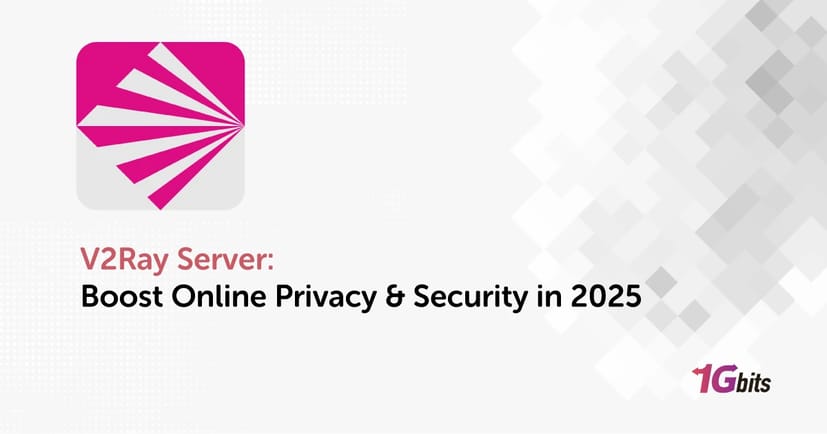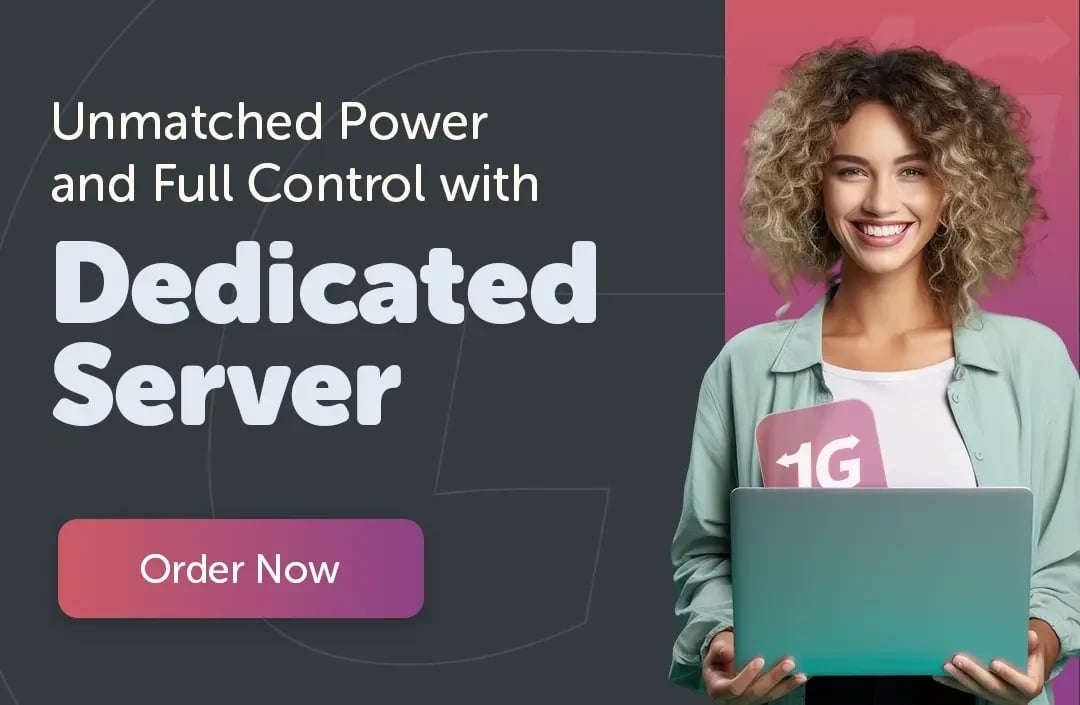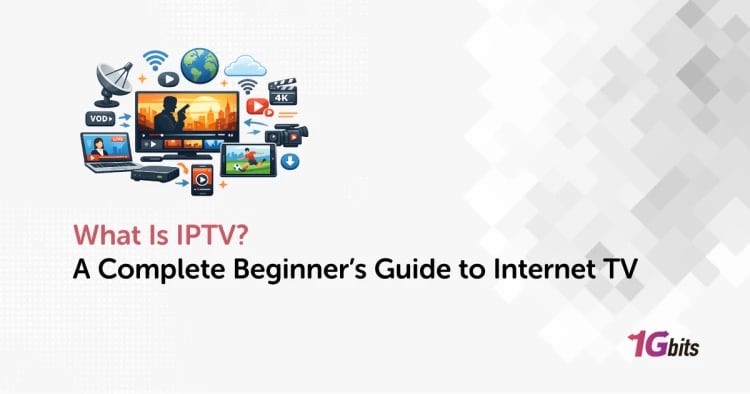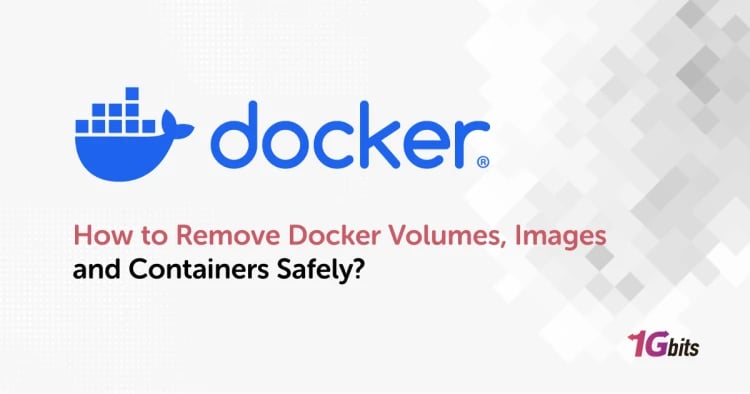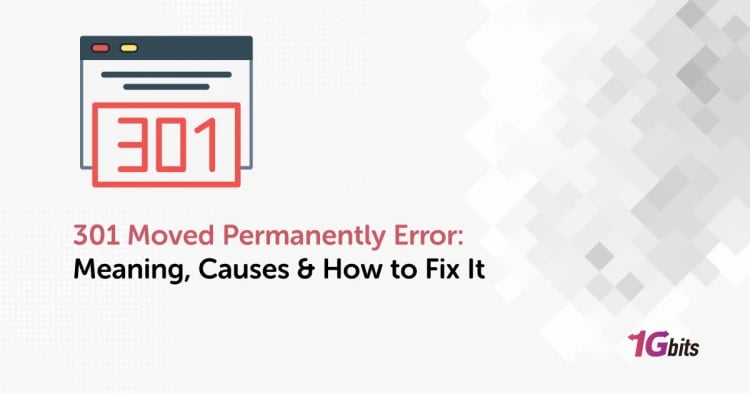V2Ray servers have become a singular tool for the privacy-centric crowd, with the advent of 2025 bringing with it online surveillance and digital censorship concerns. While V2Ray cannot break into the mainstream of popular usage due to its diverse service nature, it excels at handling many operations beyond traditional VPN settings.
It boasts superior protocols, flexibly sets up its servers, and encrypts access routes with an aggressive scheme, all aptly oriented towards circumvention and defending the user's rights to anonymity. This article will detail how V2Ray VPN improves online privacy and security, provide guides, and also compare it with other privacy solutions. If your quest is one's identity online or seeking another way out of the overriding censorship, V2Ray stands as a strong alternative worthy of being understood.
🧱 What is V2Ray?
V2Ray is an open-source platform aiming to provide applications for crossing internet censorship and to give online privacy to users by routing traffic via customizable protocols like VMess or VLess. Originally part of the Project V effort, it includes advanced tools for encrypting, obfuscating, and transmitting data efficiently over a network.
V2Ray provides a more modular architecture. The core engine handles traffic routing and outbound and inbound proxying with protocols that are all configurable. Such flexibility in architecture allows for the user to create routing and disguise of transmission methods in a more complex manner than ordinary VPNs and proxies. Regular VPNs typically consist of fixed protocols and central servers, and do not possess the same level of flexibility as V2Ray.
With that, dynamic protocol switching is done, along with improved encryption and an anti-DPI mechanism. The flexibility offered by V2Ray makes optimal use of the V2Ray server in areas where censorship and surveillance are heavy.
📶 How V2Ray Enhances Online Privacy and Security?
V2Ray privacy protects users' security by compiling a whole array of protocols, encryption layers, and traffic-masking techniques that go beyond simple privacy tools. It uses two main protocols for this, namely VMess and VLess. Both focus on authenticating and securely transmitting data between the client and the server, while minimizing the chances of detection.
These protocols can utilize TLS encryption and employ obfuscation techniques to alter traffic patterns so that they are not identifiable. So the firewalls or network administrators will still be incapable of DPI or traffic analysis.
Consequently, V2Ray proves to be better than your ready-to-use VPN or Shadowsocks primarily in custom protocols, multi-layer encrypted channels, and impossibility of being throttled or blocked: in other words, it is the way to go for users living in restricted environments or those seeking super-high anonymity.
-
VMess and VLess protocols with built-in encryption and client-server authentication.
-
Traffic obfuscation to prevent detection by DPI or censorship systems.
-
Protocol multiplexing and routing control for secure, customizable data flow.
🚀 Key Benefits of Using a V2Ray Server
Using a V2Ray server offers a wide range of benefits for users seeking both online privacy and unrestricted internet access. Its advanced architecture not only protects your identity but also enables seamless browsing even in heavily censored or geo-blocked regions.
-
Privacy and anonymity: V2Ray encrypts your traffic and hides your IP address, making it difficult for ISPs or surveillance entities to track your activity.
-
Bypassing internet censorship: Ideal for users in restrictive countries, V2Ray can evade firewalls and access blocked websites or apps.
-
Geo-restriction circumvention: Allows users to access content limited to specific regions, such as streaming services or news platforms.
-
High-speed and reliable connections: V2Ray supports load balancing and optimized routing, ensuring stable and fast connectivity.
-
Flexible and customizable configuration options: Users can tailor the server settings, choose preferred protocols, and even combine V2Ray with other tools for enhanced security.
⚙️ Setting Up Your V2Ray Server: A Step-by-Step Guide
Setting up a V2Ray server may seem complex at first, but with the right tools and guidance, it becomes a manageable process even for non-experts. Whether you're deploying on Linux or Windows, the steps largely revolve around installing the core software, configuring inbound/outbound settings, and connecting your V2Ray client for secure communication.
V2Ray setup guide:
-
Requirements:
-
A VPS or dedicated server (Ubuntu/Debian/CentOS for Linux, or Windows Server)
-
Access to the terminal or command prompt
-
Latest V2Ray core files (available on V2Ray GitHub)
-
A V2Ray client (GUI or CLI, depending on your OS)
-
Installation Basics:
-
Linux: Use a script like v2ray-install.sh or install manually via terminal. Example command:
bash <(curl -s -L https://git.io/v2ray.sh)
-
Windows: Download the V2Ray Windows archive, extract, and run v2ray.exe with the provided config file.
-
Basic Configuration Tips:
-
Modify the config.json file to define ports, protocols (VMess/VLess), UUIDs, and stream settings.
-
Use secure ports (e.g., 443), and enable TLS for encrypted communication.
-
Match client and server configurations exactly to avoid connection issues.
-
Common Troubleshooting Tips:
-
Check firewall rules and open required ports.
-
Verify server and client configurations match (UUID, ports, protocol).
-
Use log files (access.log and error.log) for debugging failed connections.
-
Restart the V2Ray service after making configuration changes.
For a more detailed walkthrough, check out the Guide to V2Ray Server on our blog.
🌐 Use Cases for V2Ray Servers
V2Ray servers serve as a powerful tool for individuals and organizations aiming to maintain online freedom, security, and accessibility. Whether you're navigating strict censorship or simply want enhanced privacy protection, V2Ray offers solutions for a wide range of real-world needs.
-
Individual privacy protection: Safeguard your personal data and browsing habits from ISPs, trackers, and malicious entities.
-
Accessing restricted content globally: Unblock websites, apps, and media platforms that are geo-blocked or censored in your region.
-
Secure remote working: Enable encrypted remote access for employees working from different locations, protecting sensitive corporate data.
-
Supporting free speech in censored regions: Empower journalists, activists, and citizens to share information freely without surveillance or repression.
Need help getting started? Explore our V2Ray Server plans for secure, high-performance options.
🔒 Comparing V2Ray to Other Privacy Solutions
V2Ray stands out among privacy tools thanks to its modular architecture, customizable protocols, and strong resistance to detection. Here's how it compares to traditional VPNs and Shadowsocks in terms of security, flexibility, and use case suitability.
|
Feature/Aspect |
V2Ray |
Traditional VPNs |
Shadowsocks |
|
Protocol Flexibility |
High (VMess, VLess, TLS, etc.) |
Medium (OpenVPN, WireGuard) |
Low (Socks5-based) |
|
Obfuscation Capabilities |
Strong (built-in + pluggable) |
Limited (requires extra tools) |
Basic |
|
Bypass Censorship |
Excellent |
Moderate to Good |
Moderate |
|
Performance & Speed |
High (custom routing options) |
Varies by provider |
High |
|
Ease of Use |
Moderate (manual setup needed) |
High (user-friendly apps) |
High |
|
Best Use Case |
Advanced privacy, censorship |
General security, geo-unblocking |
Lightweight censorship bypass |
🛡️ Best Practices for Maximizing Privacy with V2Ray
To get the most out of your V2Ray server in terms of privacy and security, it’s essential to go beyond the default setup. By combining smart configurations with complementary tools, you can significantly reduce your risk of detection or data leaks.
-
Regularly updating software: Keep both your server and client versions of V2Ray up to date to patch security vulnerabilities and access new features.
-
Using multiple protocols: Alternate between VMess, VLess, and other supported protocols to prevent fingerprinting and improve stealth.
-
Combining with other privacy tools: Layer V2Ray with Tor or a secure VPN for an added level of anonymity and encryption.
-
Monitoring and maintaining server security: Regularly review logs, close unused ports, and enable firewalls to secure your server from intrusion.
Conclusions
V2Ray has and continues to be used in protecting online privacy or granting free access to the web. More privacy is offered than any VPN and proxy, with advanced encryption algorithms, customizable protocols, and a good degree of resistance to detection mechanisms like deep packet inspection.
These are some of the techniques V2Ray may use, depending on the intention, to stay clear of censorship or to remain anonymous, or to assist in secure remote work. Proper installation and usage of V2Ray, or best practices, ensure that users can fully capitalize on V2Ray for freer and safer online experiences.
